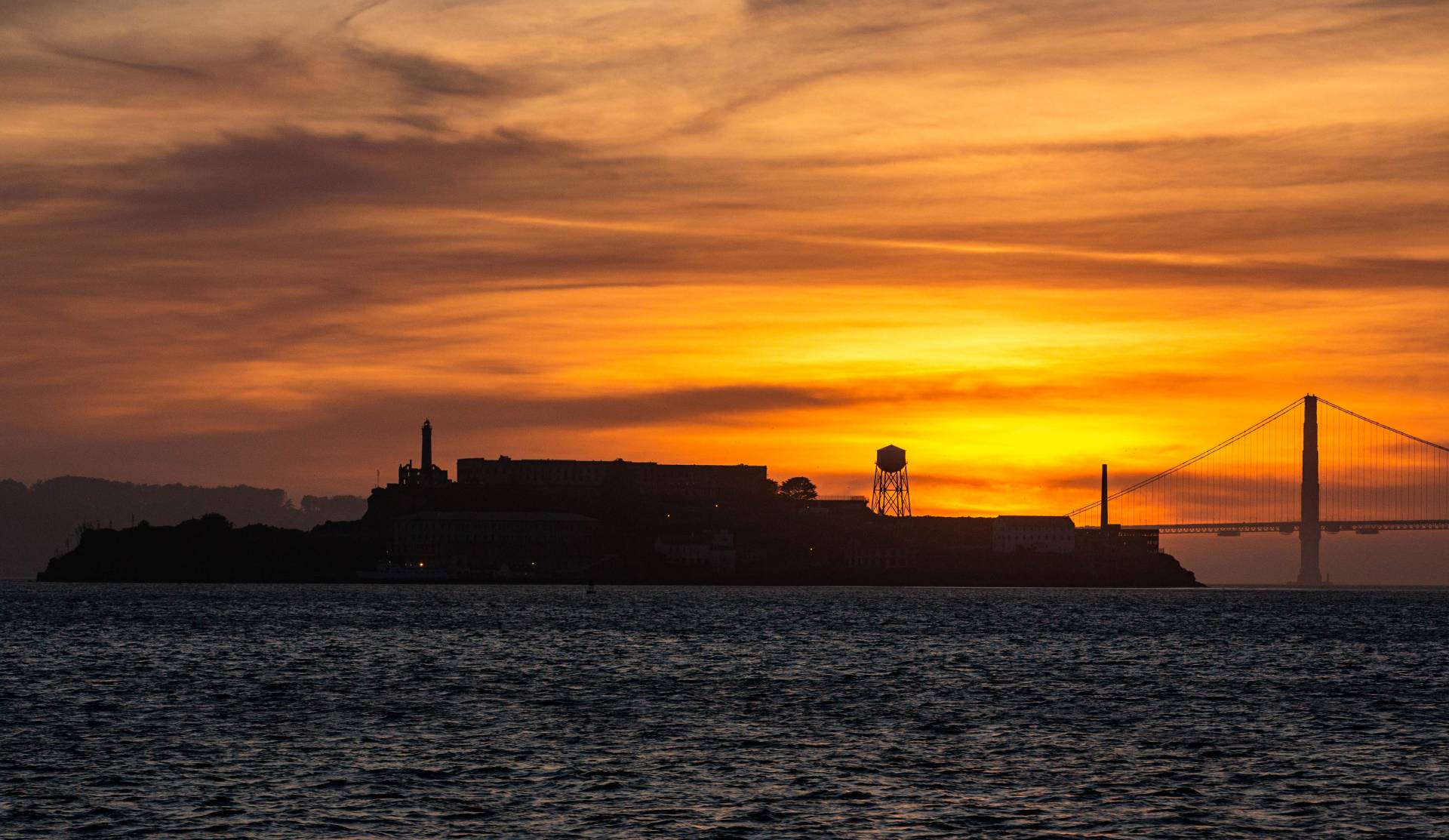It kept raining through much of December — in San Francisco, measurable precipitation was recorded on 19 days during the month. But on seven of those days, it rained .07 inches or less. And despite the frequency of weather systems moving over the coast, not one dropped as much of an inch of rain on the city. San Francisco's 4.91 inches of rain in December was just ahead of the normal for the month.
However, the city and most of Northern California still lagged behind normal for the season going back to last Oct. 1. Then with January coming in below normal and no rain so far in February, San Francisco stands at just 60% of normal for the season.
A daily National Weather Service summary of seasonal rainfall throughout the state shows similarly dry numbers nearly everywhere in the state north of Monterey Bay. To the south, sites on the Central Coast and across most of Southern California were deluged early in the season with much higher totals than normal. So while it has been dry down south since the first of the year, seasonal totals are still close to or ahead of normal in places like San Diego (129% of normal), Long Beach (113%) and Paso Robles (90%).
Snow
Late November and December saw heavy snow fall up and down the Sierra, the Coast Ranges, the Tehachapis and even into lower elevations as a series of very cold storms swept through the mountains. By New Year's Eve, the water equivalent of the California's "frozen reservoir" had reached about 95% of normal for the date.
Continuing cold temperatures have preserved much of that snowpack. But an atmospheric pattern that has persisted for weeks, shunting most storms into northern Oregon and Washington with only weak remnants sliding through the interior of California, has meant the snowpack has fallen far behind the seasonal norms. By Monday, the snowpack's water equivalent has fallen to 59%.
For more, see a regional breakdown of the snowpack's water content at the state Department of Water Resources California Data Exchange Center.
Northern Sierra Precipitation
The mountain snowpack figure is nearly identical to another closely watched bit of data: the Northern Sierra Eight-Station Index. The index tracks precipitation at a series of typically very wet sites in three crucial watersheds — those of the Sacramento, the Feather and the American rivers. The index, which veteran Bay Area meteorologist Jan Null calls "the most important number in the state" when it comes to assessing rainfall and hydrologic conditions, stands at just 58% of normal for this part of February.
For more, see a regional breakdown of the snowpack's water content at the state Department of Water Resources California Data Exchange Center.
Reservoirs
Here's the bright spot in the state's dry winter. Because two of the last three winters were very wet, the state's network of reservoirs are holding more water than usual for this time of year, and many still have plenty of room for runoff if the season turns rainy and snowy again. Shasta Lake, the state's largest reservoir, is at 112% of average for mid-February. Lake Oroville, the second-biggest reservoir, is at 95% of average. San Luis Reservoir, a key facility for water shipments to the San Joaquin Valley and Southern California, is at 93% of average for this point in the season. The rest of the state's largest reservoirs are at or above 100% of average.
For more, see the CDEC's interactive eight-station index page.
The Outlook
What do the next days, weeks and month hold? Is there hope that the rain and snow will return? Maybe with a "miracle March?"
Well, there's always hope. There's the fabled miracle March of 1991, during which a series of storms started to break the grip of a six-year drought. The eight stations in the northern Sierra index averaged about 18 inches of rain during the month.

